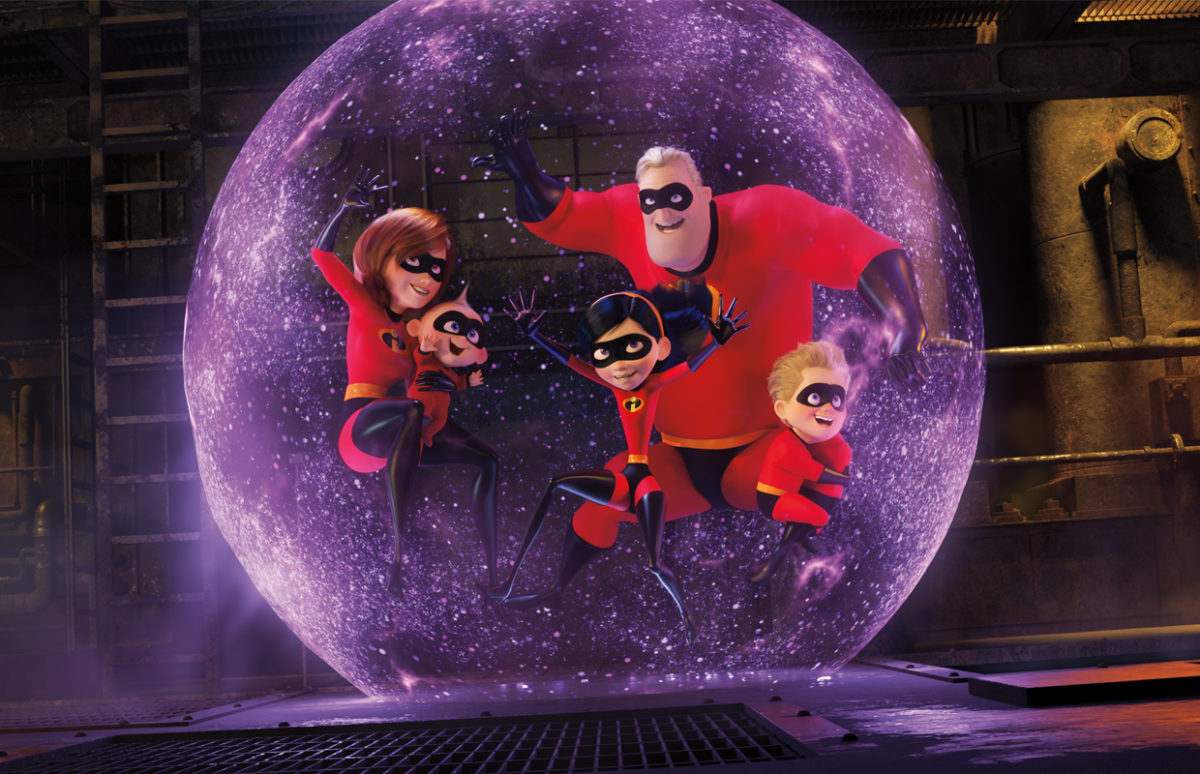
The Incredibles, super-hero family, are back on cinema screens on 4 July. This A1+ downloadable resource gives plenty of opportunities to work on modals, and vocabulary around family members and family life. Vocabulary family members qualifying adjectives the body sense verbs action verbs Grammar simple present and simple past modal CAN present BE + V-ING … Continue reading “The Incredibles 2”

The theme of World Oceans Day, 8 June, is the problems caused in the oceans by plastic pollution, a subject which is very much in the news at the moment. There are some great videos and teaching resources on this topic. And more to do in Plastic-Free July. This wordless video, “How will you celebrate … Continue reading “Fight Plastic Pollution”
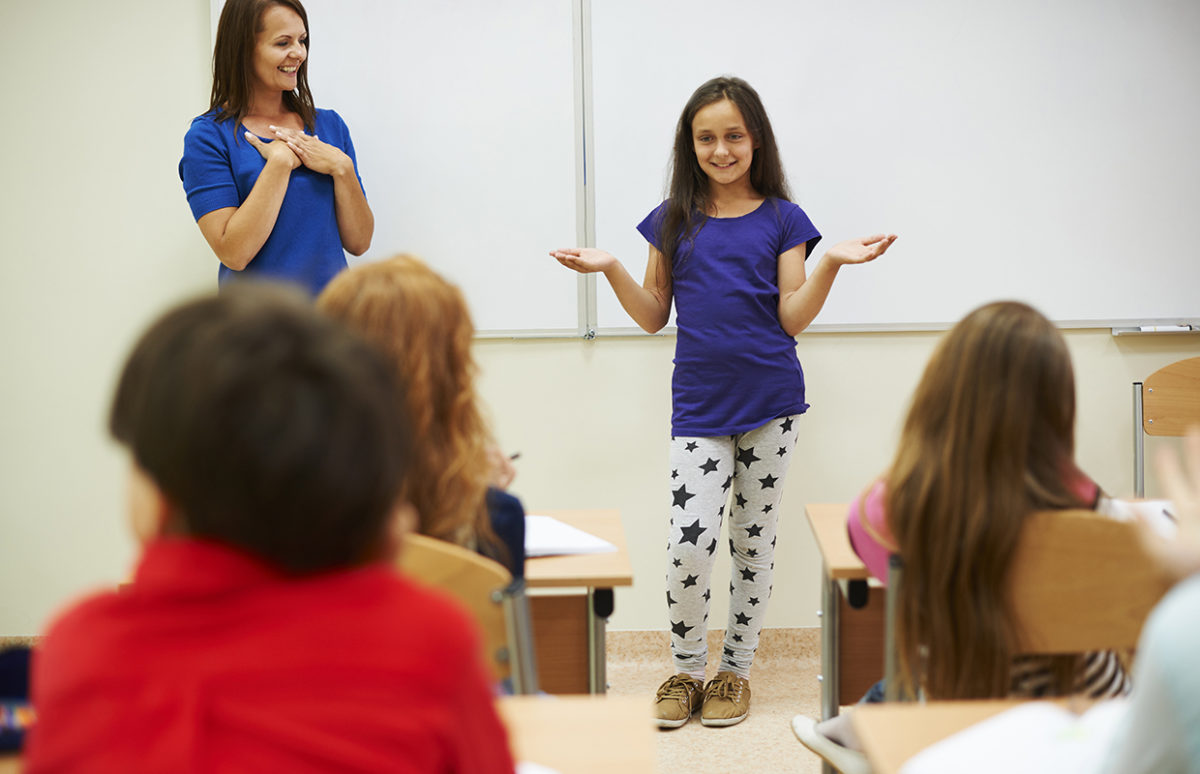
Il est assez courant d’entendre que, dans le cadre d’une pédagogie active et promouvant la démarche heuristique, “tout” doit venir des élèves sans que soit réellement précisé ce que “tout” recouvre ou ce que “venir des élèves” veut dire. Peut-être convient-il déjà de rappeler qu’en matière de pédagogie, il est assez handicapant et limitatif d’avoir … Continue reading “Tout doit venir des élèves… ou pas…”

Pour le jeune apprenant francophone en anglais oral, il est difficile de passer d’une langue syllabique comme le français, à une langue accentuelle comme l’anglais, où la compréhension s’opère sur l’accent lexical. Parler une nouvelle langue, ce n’est pas seulement comprendre des mots, ou des tournures lexicales, c’est surtout maîtriser de nouvelles données physiques, acoustiques … Continue reading “Neurodidactique de l’anglais oral : mise en pratique”
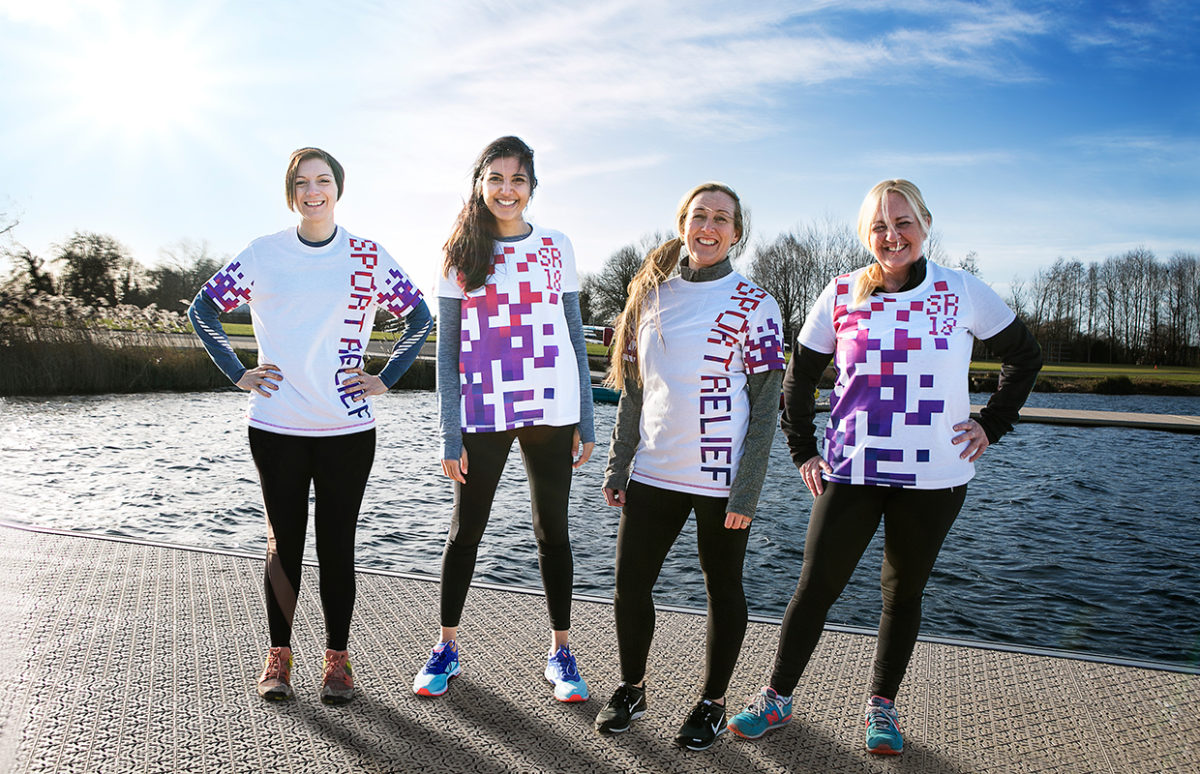
From schools playing Harry Potter-inspired quidditch matches, to mass runs and cycles, Sport Relief (17-23 March) provides plenty of themes for language learning: charities and solidarity, sport, exercise and health. Schools participate massively in Sport Relief, so there are lots of teaching resources. The ones for primary schools are best adapted for language learners. This … Continue reading “Sport Relief Webpicks”
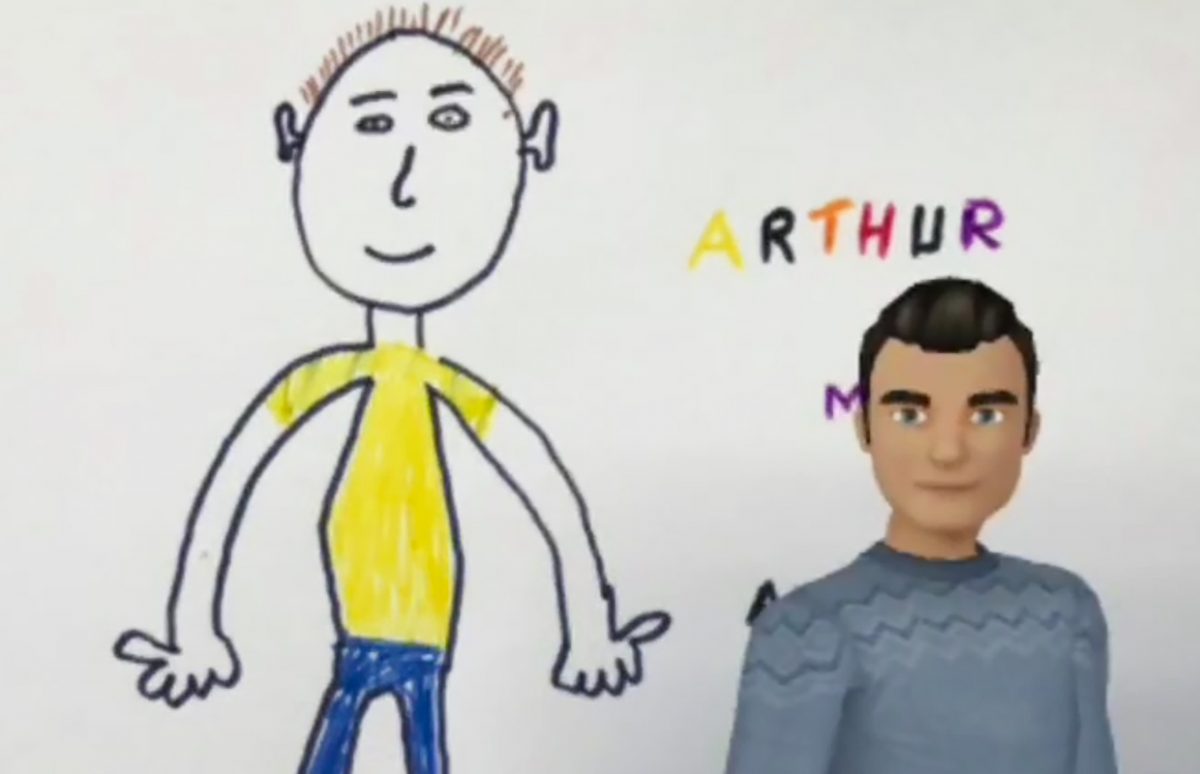
Enseigner l’anglais auprès de collégiens en situation de handicap cognitif ne va pas toujours de soi. Souvent source de questionnements nombreux et d’interrogations relatives aux adaptations à mettre en oeuvre, l’inclusion en cours d’anglais des élèves des dispositifs ULIS est encore trop rare. Longtemps occulté au profit de disciplines, a priori, plus adaptées aux Troubles … Continue reading “ULIS Begins with You”

This A1+ document is about teenage Australian adventurer Jade Hameister, whose dream came true in January 2018 when she completed the third challenge in the polar hat-trick, becoming the youngest person to ski to both Poles and Greenland. Interestingly, although we can expect her to be considered a superhero by A1+ students, she insists on … Continue reading “Polar Adventurer”
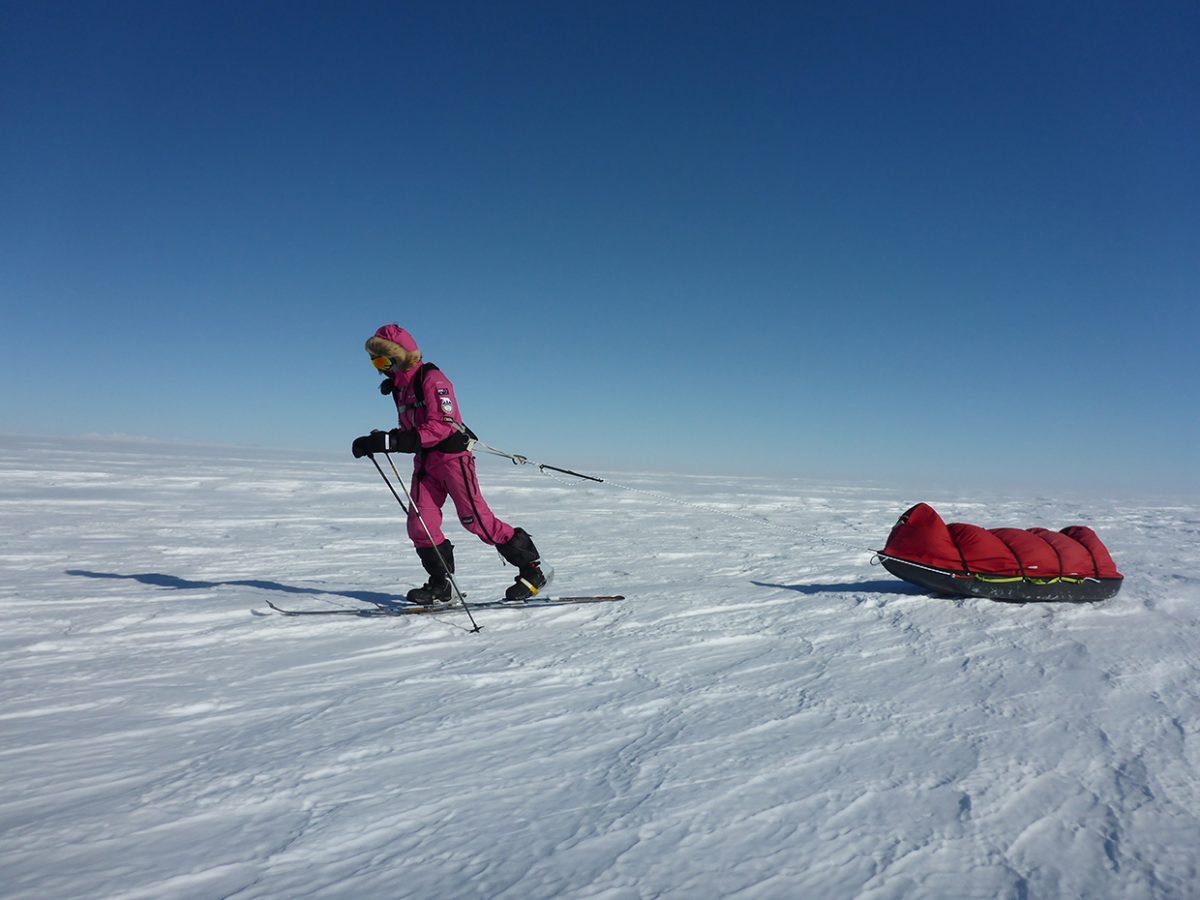
Sixteen-year old Jade Hameister from Melbourne, Australia, has undertaken a series of physical challenges from climbing to the base camp on Mount Everest to skiing to the North and South Poles. She is also an inspiring speaker and wants to encourage other young people, and particularly girls, to have the courage to test themselves, even … Continue reading “Polar Adventurer Video Resources”
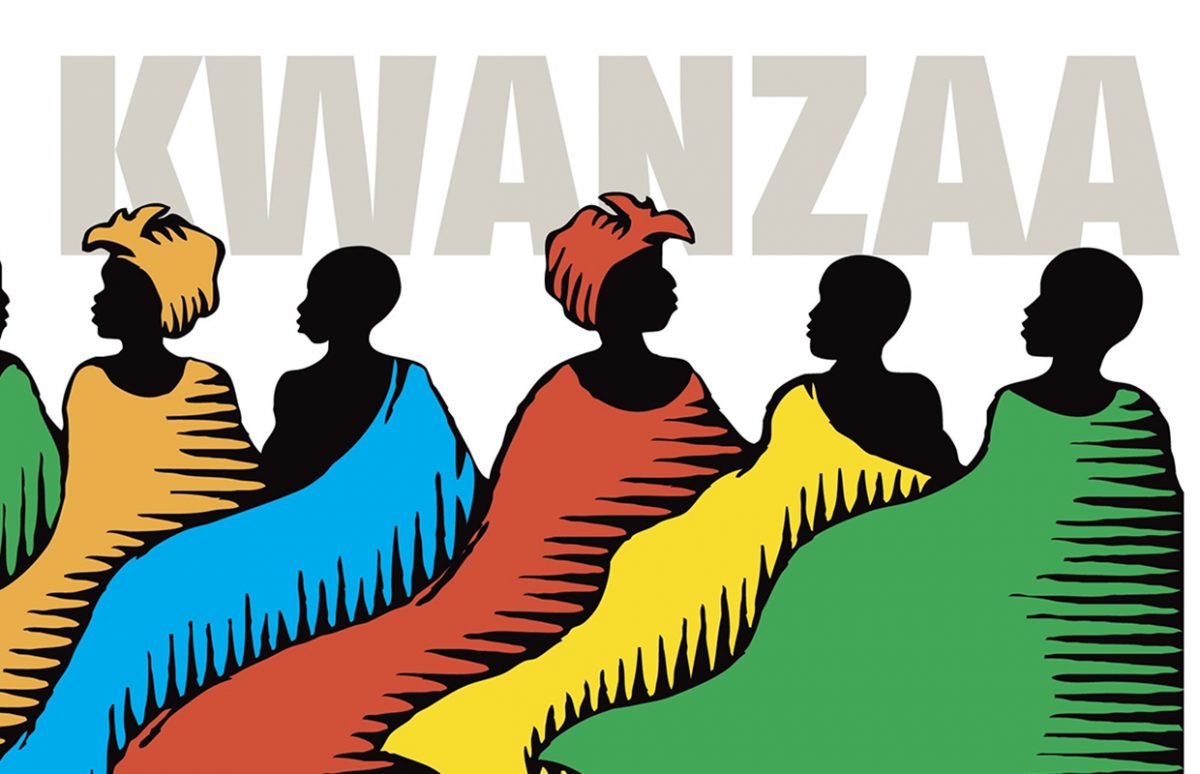
If you’d like to introduce your pupils to the annual African-American celebration Kwanzaa, from 26 December to 1 January, these articles, an audio sketch and festive music interactive can help you. This interactive feature from the Smithsonian has examples of celebration songs from different cultures in the U.S.A. and around the world. Click on number … Continue reading “Kwanzaa Webpicks”

Les dernières avancées en neurosciences cognitives, autant qu’en anthropologie et histoire de l’humain, nous renseignent sur la relation entre le geste de la main droite et la gestuelle articulatoire par le biais de l’aire de Broca (production de la parole). En analysant l’histoire de l’évolution du cortex humain, on comprend comment la parole s’est jointe … Continue reading “Didactique ou neurodidactique de l’anglais oral ?”














